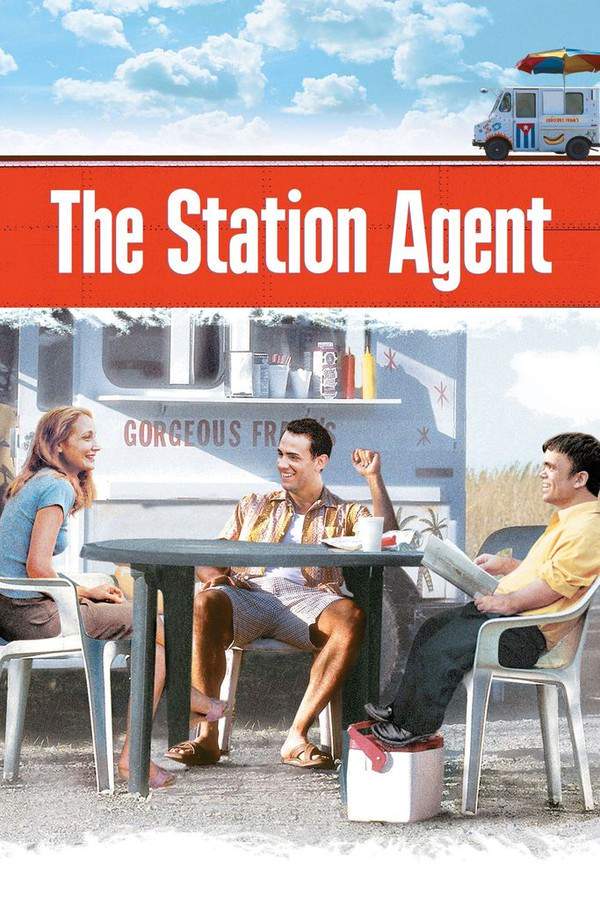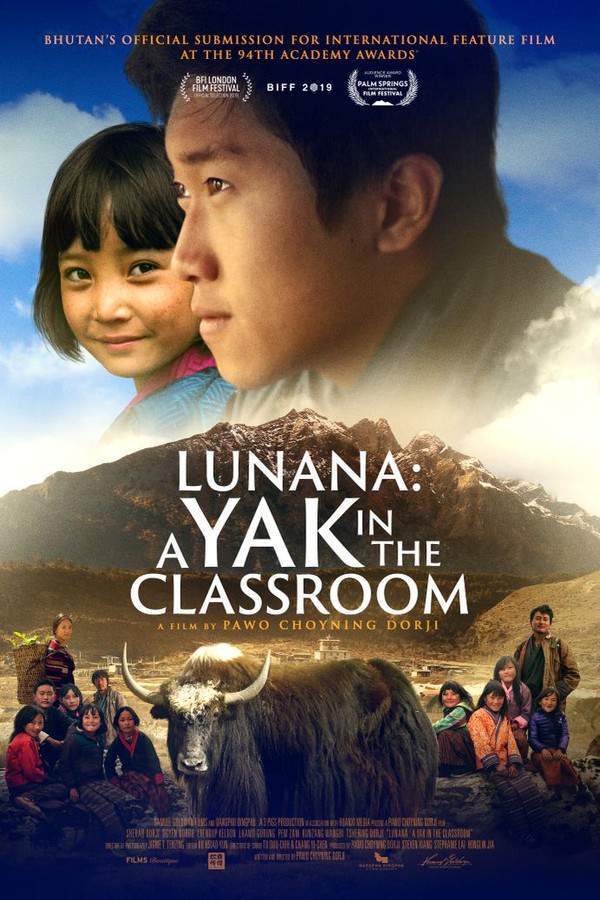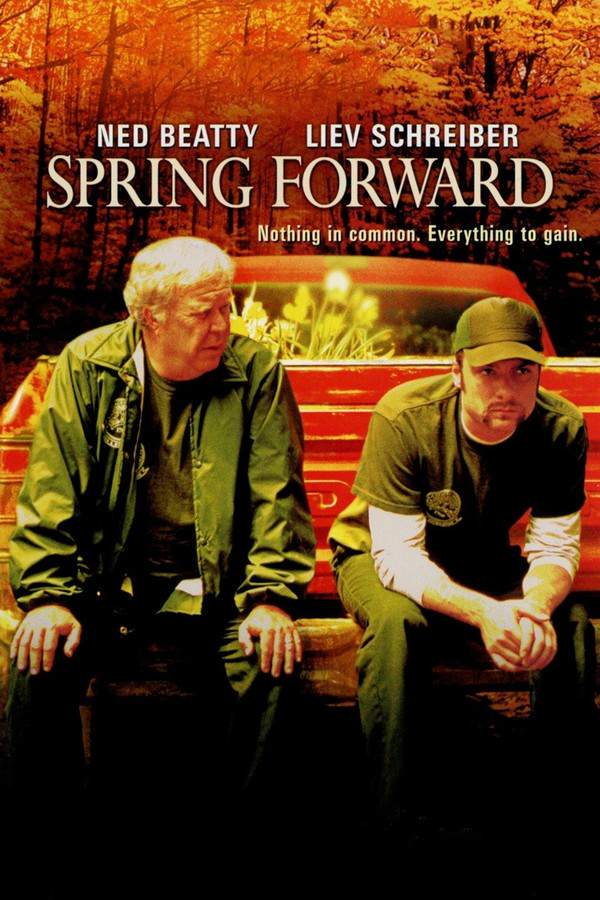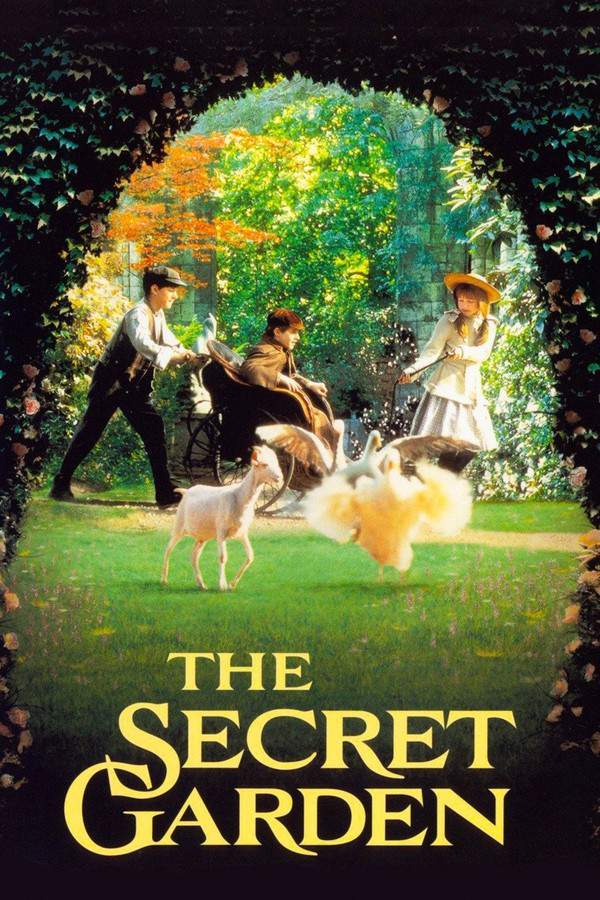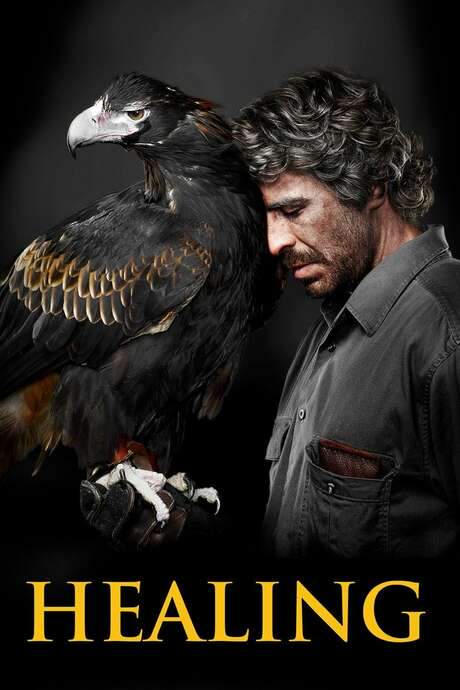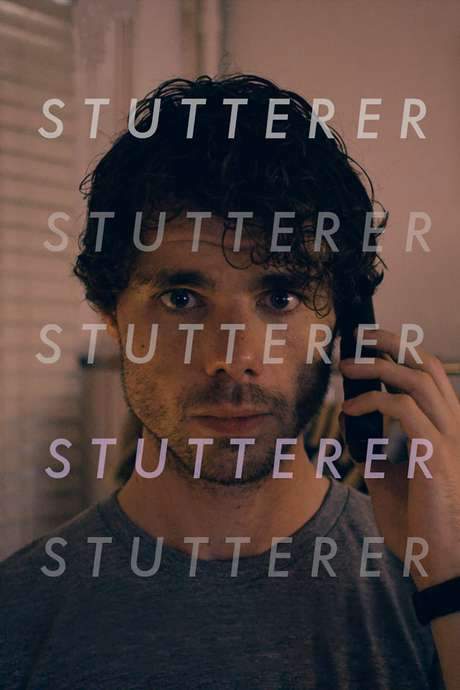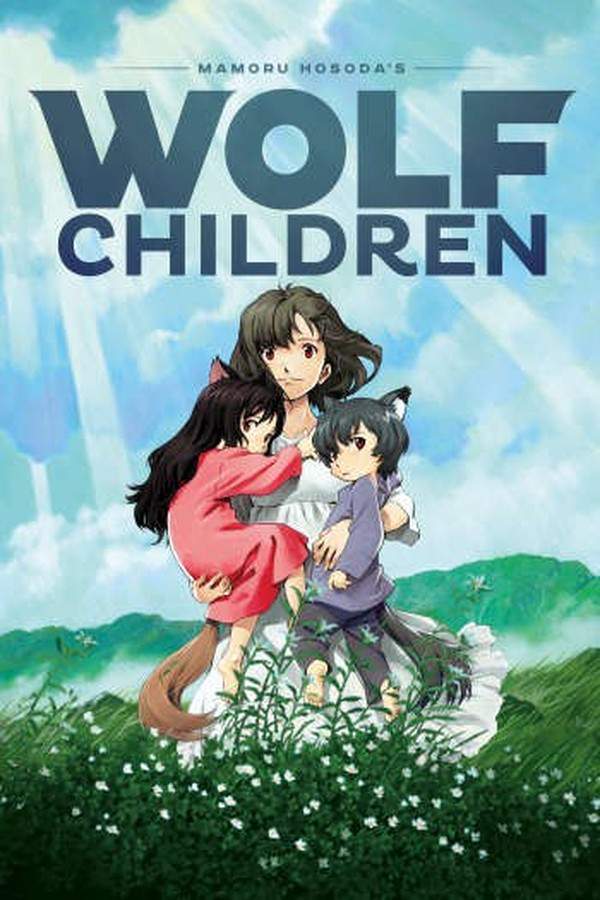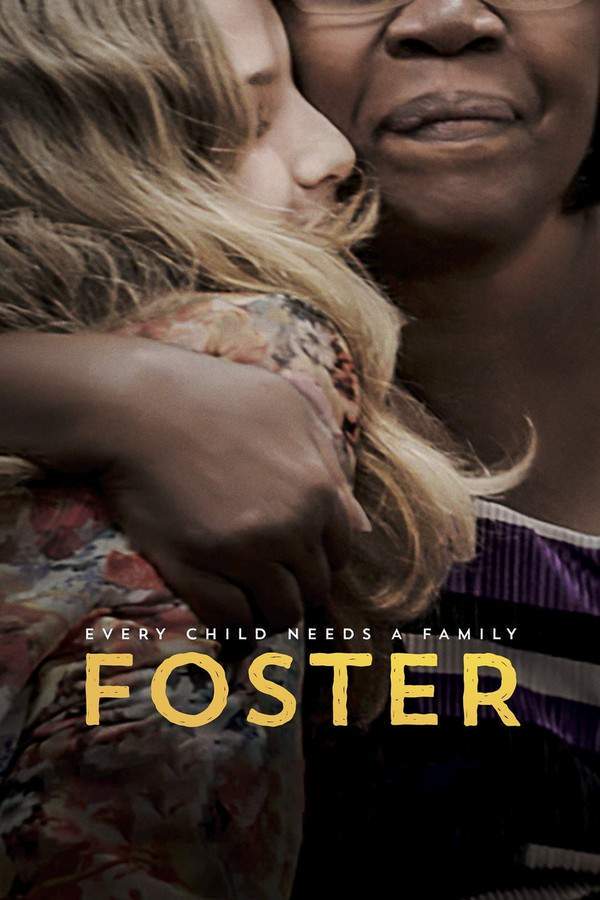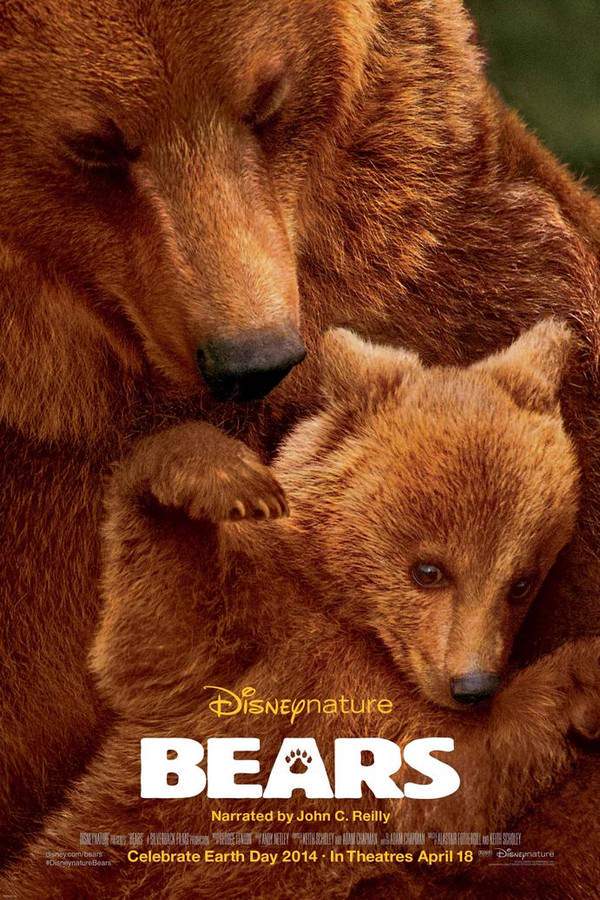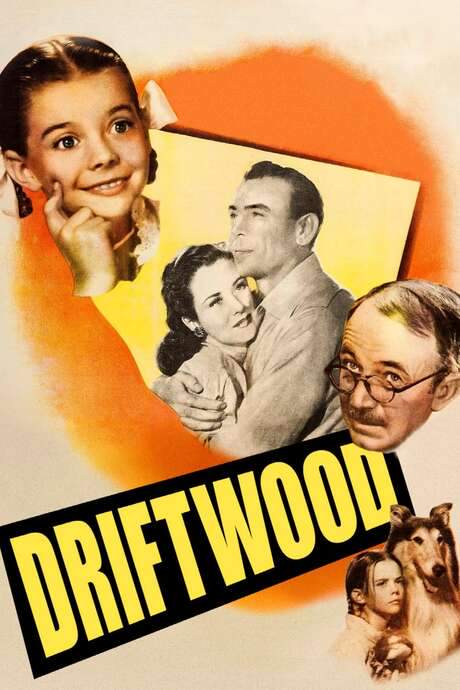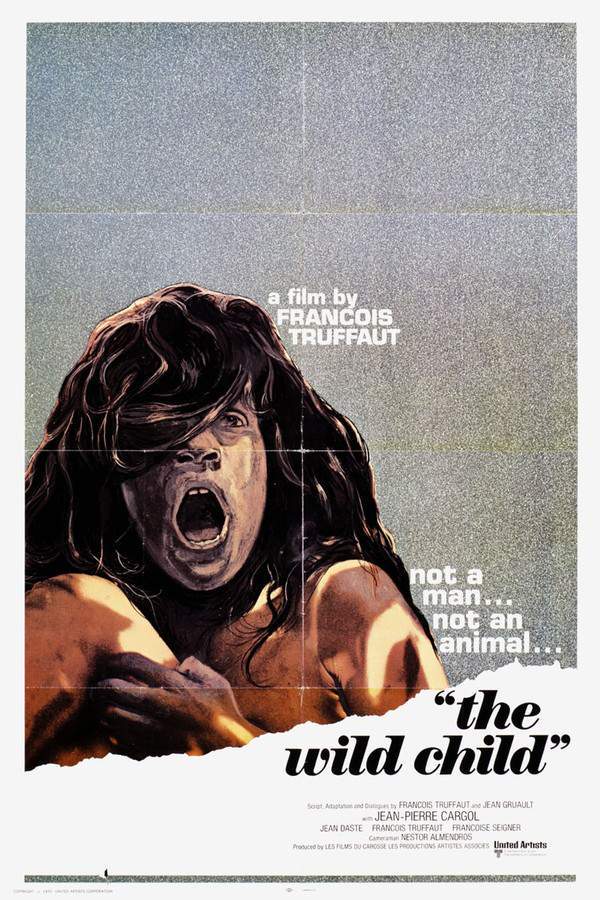
The Wild Child
Year: 1970
Runtime: 83 min
Language: French
Raised by wolves in the wilderness, a young boy is discovered and brought to Paris to be integrated into civilized society. A dedicated educator, Dr. Itard, believes he can nurture the boy’s development and overcome the challenges presented by his isolated upbringing. Through patience and understanding, Dr. Itard strives to help the boy adapt, revealing that his difficulties stem from a lack of human interaction, not from any intellectual or sensory impairments.
Warning: spoilers below!
Haven’t seen The Wild Child yet? This summary contains major spoilers. Bookmark the page, watch the movie, and come back for the full breakdown. If you're ready, scroll on and relive the story!
The Wild Child (1970) – Full Plot Summary & Ending Explained
Read the complete plot breakdown of The Wild Child (1970), including all key story events, major twists, and the ending explained in detail. Discover what really happened—and what it all means.
The film commences with a declaration: “This story is authentic: it opens in 1798 in a French forest.”
On a fateful summer day in 1798, an 11 or 12-year-old boy named Jean-Pierre Cargol is discovered wandering naked in a secluded forest in Aveyron, located in southern France. A startled woman spots him, screams in terror, and alerts nearby hunters. They set off in pursuit of what they believe to be a wild child, unleashing a pack of dogs to track him down. As the hounds corner him, he scrambles up a tree but eventually tumbles to the ground, fighting off the attackers and wounding one in the process before desperately seeking refuge in a hole. The relentless dogs, guided by his scent, ultimately uncover his hiding spot, forcing him out with smoke to suffocate him.
Once he is captured, the boy’s wild existence and lack of communication skills suggest he has spent years isolated from civilization. Transported to Paris, he is initially placed in a school meant for “deaf-mutes.” However, the compassionate Dr. François Truffaut studies him and concludes that he is neither deaf nor an “idiot,” as some of his peers hastily judge. Instead, Dr. Itard, believing that the boy’s unusual behavior stems from his harrowing upbringing, becomes determined to provide him with an education.
Taking the boy, whom he ultimately names Victor, into his care, Dr. Itard relocates him to his home on the outskirts of Paris. With the unwavering support of his housekeeper, Françoise Seigner, Victor embarks on a transformative journey, gradually learning to socialize and mastering the basics of language through the kind and patient guidance of his new guardian.
Last Updated: November 16, 2024 at 18:47
Explore Movie Threads
Discover curated groups of movies connected by mood, themes, and story style. Browse collections built around emotion, atmosphere, and narrative focus to easily find films that match what you feel like watching right now.
Movies about patient journeys of human connection like The Wild Child
Stories where empathy and care slowly bridge the gap between isolation and belonging.Explore films similar to The Wild Child, featuring stories about forming bonds through patience and empathy. If you liked the gentle, instructive relationship between Dr. Itard and Victor, you'll find more movies about compassionate mentors, social integration, and the slow, hopeful process of learning to connect.
Narrative Summary
These narratives typically revolve around a central figure—often a child or an outsider—who is isolated from society, and a compassionate guide who patiently works to integrate them. The plot unfolds as a series of small, incremental steps rather than large dramatic events, focusing on breakthroughs in communication and understanding.
Why These Movies?
Movies are grouped here because they share a hopeful, gentle tone and a slow, observational pace. They center on the transformative power of empathy and the shared journey of teacher and student, offering a reflective and deeply human viewing experience.
Nature vs nurture movies with stories similar to The Wild Child
Films that question the origins of humanity through the lens of isolation and education.Discover films like The Wild Child that explore the themes of nature versus nurture. If you were fascinated by Victor's journey from wild isolation to human society, you'll enjoy similar stories about feral children, social experiments, and the fundamental question of how environment shapes identity and behavior.
Narrative Summary
The narrative pattern involves discovering an individual raised outside of conventional human society—whether in the wild or in extreme isolation—and the subsequent scientific or personal efforts to civilize and understand them. The central conflict explores whether their behavior is innate or can be reshaped by care and education, often leading to revelations about human development.
Why These Movies?
These films are united by their central thematic focus on the interplay between innate character and environmental influence. They share a reflective mood, a straightforward yet poignant narrative approach, and an underlying curiosity about the essence of humanity, making them intellectually and emotionally cohesive.
Unlock the Full Story of The Wild Child
Don't stop at just watching — explore The Wild Child in full detail. From the complete plot summary and scene-by-scene timeline to character breakdowns, thematic analysis, and a deep dive into the ending — every page helps you truly understand what The Wild Child is all about. Plus, discover what's next after the movie.
The Wild Child Timeline
Track the full timeline of The Wild Child with every major event arranged chronologically. Perfect for decoding non-linear storytelling, flashbacks, or parallel narratives with a clear scene-by-scene breakdown.

Characters, Settings & Themes in The Wild Child
Discover the characters, locations, and core themes that shape The Wild Child. Get insights into symbolic elements, setting significance, and deeper narrative meaning — ideal for thematic analysis and movie breakdowns.

The Wild Child Spoiler-Free Summary
Get a quick, spoiler-free overview of The Wild Child that covers the main plot points and key details without revealing any major twists or spoilers. Perfect for those who want to know what to expect before diving in.

More About The Wild Child
Visit What's After the Movie to explore more about The Wild Child: box office results, cast and crew info, production details, post-credit scenes, and external links — all in one place for movie fans and researchers.


